Dorking, The Dorking Halls 1936
Photo ref:
87292


More about this scene
In the grounds behind the Council Offices stands Pippbrook House, the home of Dorking's main Library. It was once a private house. One of the first known owners of the property was a member of the Brocke family by the name of Ayre. The earliest boundary was north of the stream known now as the Pip Brook. The owner of the lands was Walter atte Pyppe with his wife Aloucia. It was in the 37th year of the reign of Henry VIII that the property passed into the possession of William Burt; no heir could be found after his death, so the Manorial Courts passed the property to his cousin Elizabeth, who had married William Ap. By 1650, the estate had been broken up into six to seven parts of varying sizes, with the main estate being known as Pippbrook. In 1758 William Page pulled down the existing house for a new building; he remained the owner and occupier for approximately five years. Mr Mark Basket later occupied it. An unknown artist painted it as it was in 1770: the house can be seen as it was in the 18th century set in a panoramic view of Dorking. The painting hangs in the Committee Room at Lords cricket ground. William Crawford purchased Pippbrook in 1817, and made it his country home for some 20 years. William Crawford served his early life with the East India Company and returned with a handsome fortune. He was a partner in the East India Mercantile House of Crawford, Colwin and Company. Politically, he was in favour of the abolition of the Window Taxes and opposed to short Parliaments and the Corn Laws. An unsuccessful candidate for Brighton at the general election in 1832, he was returned for London in August 1833, and sat until he was defeated in June 1841. The property passed to his son William S Crawford, MP for the City of London, and Chairman of the Dorking bench. William Henry Forman, a wealthy ironmaster from South Wales, bought Pippbrook House in 1856. He almost completely rebuilt the original structure with the help of Sir George Gilbert Scott. This great architect, renowned for his Gothic designs, was also instrumental in the building of Ranmore Church, the Albert Memorial in Hyde Park, the government offices in Whitehall and Glasgow University. Scott re-built and restructured the house as we see it today. The conversion of the 18th-century house into a Gothic mansion was costly, to say the least. No money was spared on the interior and fittings. On William Forman's death, his brother Thomas resided in Pippbrook with his wife Elizabeth. After she was widowed, Elizabeth Forman married Major Thomas Seymore Burt. She continued to live in Pippbrook with her husband until her death in 1889. (The Forman and Burt coats of arms can be seen in the east window of St Martin's Church). The property became a subject of a family dispute again; it was eventually sold by order of the Court of Chancery in 1891, and was purchased by Mr Thomas Aggs of Clapham Common. Mr Aggs died in 1897 and his widow, Anna Christy Aggs, continued to live at Pippbrook until her death in 1913. Their son, Henry Gurney Aggs, inherited the property. In 1928 John Alexander Lloyd purchased Pippbrook House.
Add to Album
You must be signed in to save to an album
Sign inShare This Photo
Buy a Print
Unframed, Mounted, Framed and Canvas prints in a range of sizes and styles.
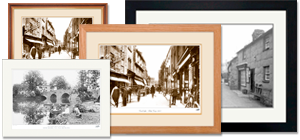
View Sizes & Prices
A Selection of Memories from Dorking
For many years now, we've been inviting visitors to our website to add their own memories to share their experiences of life as it was, prompted by the photographs in our archive. Here are some from Dorking
Sparked a Memory for you?
If this has sparked a memory, why not share it here?

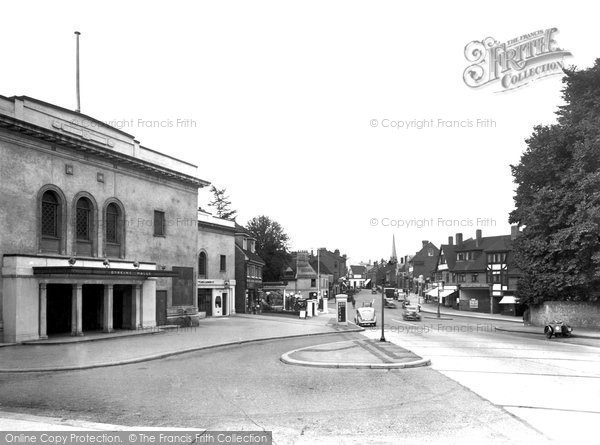
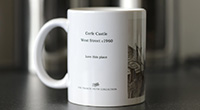
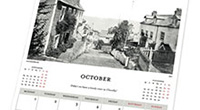
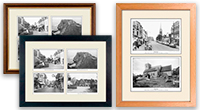
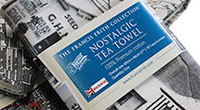

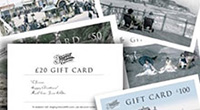
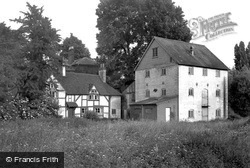
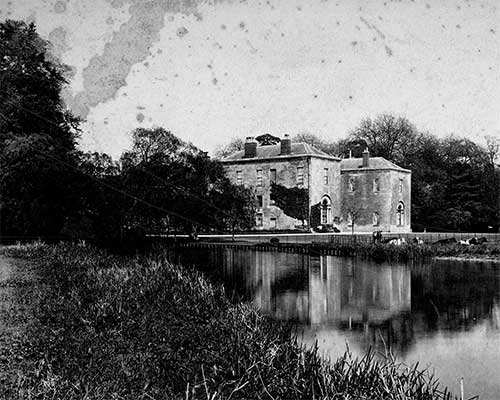 Before
Before
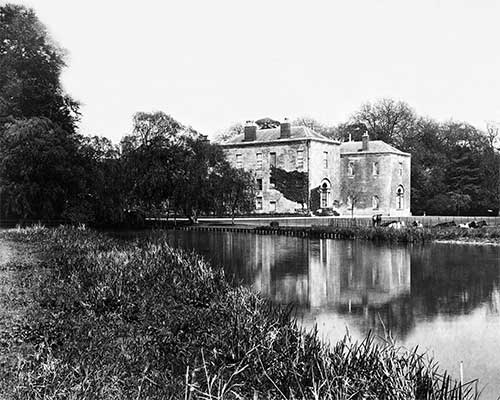 After
After